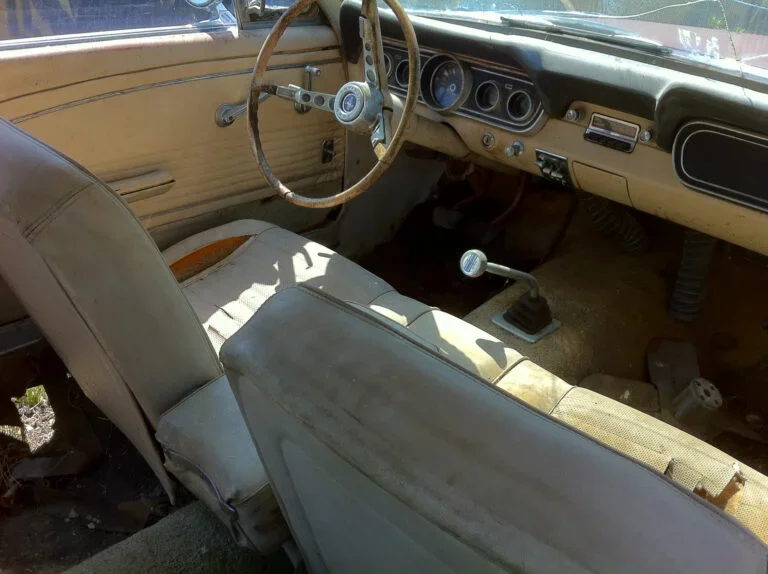Remember when riding in a car was more of an adventure than a safety drill? Back in the 1980s, we experienced automobile travel with a certain freewheeling spirit that today’s kids will never understand. Before airbags became standard, before seatbelt laws were strictly enforced, and long before backup cameras existed, we enjoyed a different relationship with our vehicles—one that was perhaps less safe but somehow felt more connected to the road and to each other. The following memories might make you shake your head in disbelief at what was once normal, or perhaps smile with nostalgia for simpler times.
1. Riding in the “Way Back”
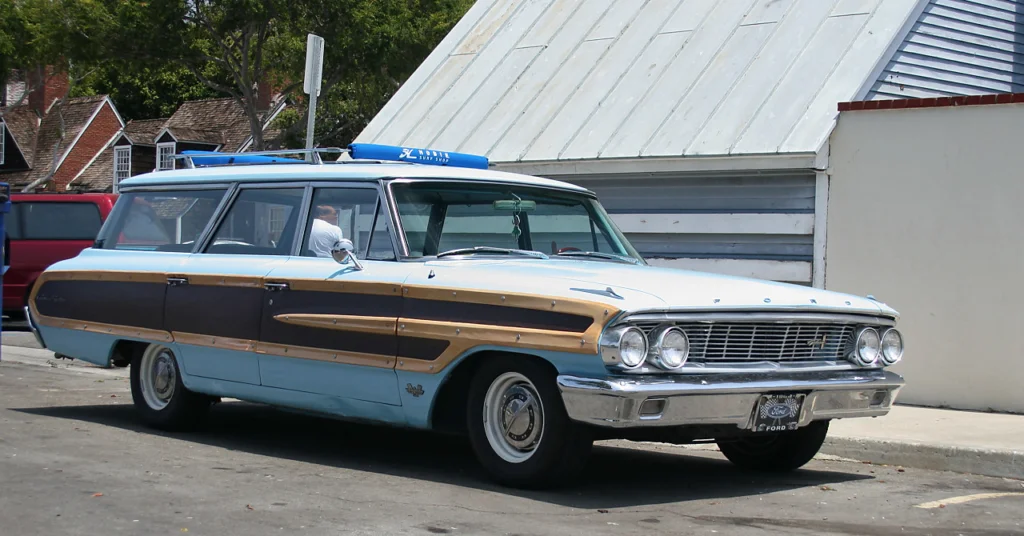
The station wagon’s rear cargo area—affectionately known as the “way back”—was prime real estate for kids in the ’80s. You could stretch out, play games, or just stare at the ceiling while your parents navigated the highways and byways of America. The metal floor would heat up on summer drives, and you’d have to strategically place towels or blankets to avoid burning your legs on the sun-baked surfaces. Car and Driver takes a ride down memory lane to revisit station wagons that time might have forgotten.
What made it magical was the sense of having your own private kingdom, separate from the ruled domain of the adult front seats. There were no seatbelts to restrict you, no headrests blocking the view, just you and possibly your siblings tumbling around with each turn and stop. When Dad hit the brakes too hard, you’d slide forward in an impromptu game of human shuffleboard, ending in fits of laughter rather than safety concerns.
2. The Freedom of Bench Seats
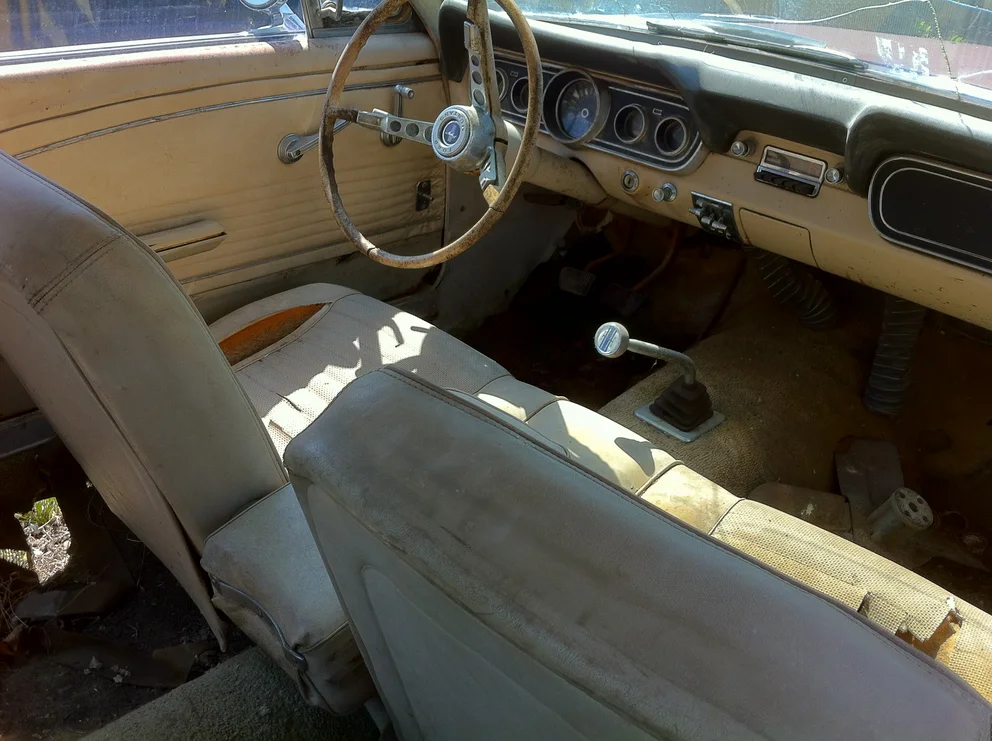
Bench seats were the couches of the automotive world, allowing three or more people to sit shoulder-to-shoulder without the dividing console we see in most modern cars. You could slide from one end to the other with ease, changing positions or snuggling up next to someone on cold mornings. The upholstery ranged from sticky vinyl that would burn your legs in summer to plush velour that collected crumbs like a vacuum. Dusty Old Thing explores the fascinating evolution and eventual disappearance of the bench seat.
These wide, flat seats also meant that Mom could slide over right next to Dad while he drove, an arrangement affectionately known as “riding middle.” The gearshift mounted on the steering column (rather than between the seats) made this possible, creating an intimacy in family travel that bucket seats and center consoles have since eliminated. When the family stopped for dinner, everyone would exit from the same door, filing out like circus performers from a clown car.
3. Rolling Down Windows by Hand
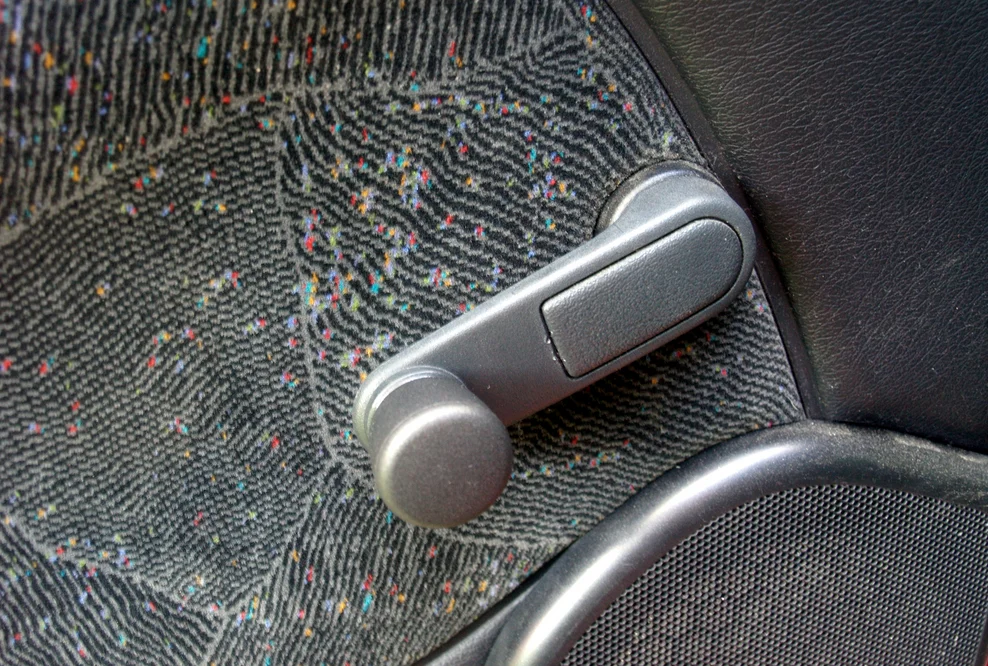
Before power windows became standard in every vehicle, we built forearm muscles by cranking those windows up and down manually. The physical effort required to lower a window meant you really had to want that fresh air—no casual button-pressing on a whim. The distinctive sound of that hand crank mechanism grinding away became the soundtrack of summer road trips. RAC gives the window crank a special shoutout in its list of obsolete car features.
The windows themselves were often only two-position affairs: fully closed or fully open, with occasional stubborn spots in between where they’d get stuck. The driver wielded tremendous power with the only access to all four window controls, leading to heated negotiations from hot, sweaty kids in the back seat. When someone’s window got stuck in the down position during a rainstorm, family ingenuity would emerge with plastic bags and duct tape creating makeshift weather protection.
4. Dashboard Technology That Required Actual Effort
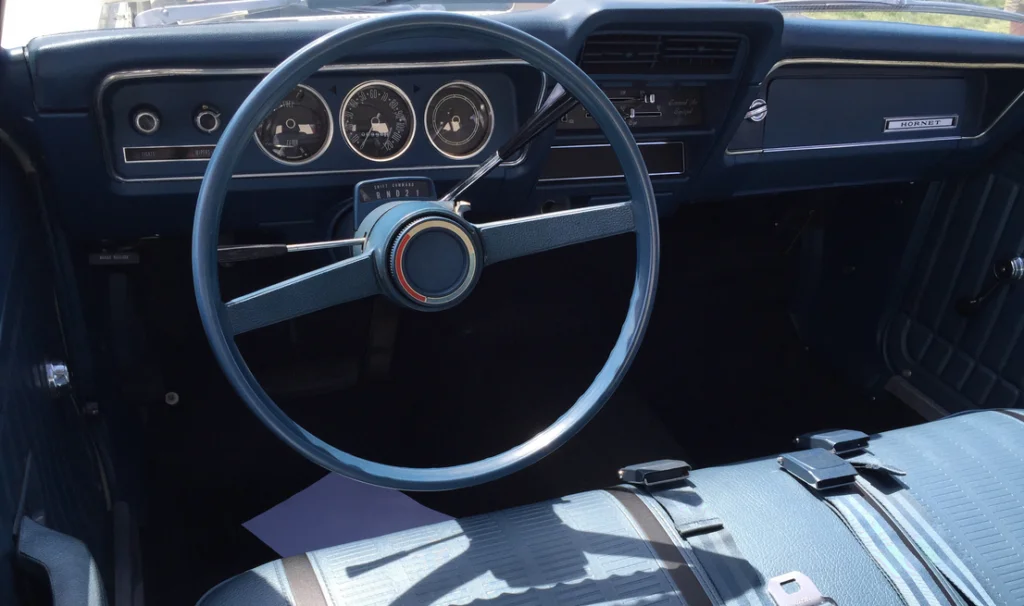
Car stereos in the ’80s demanded physical interaction—you pushed buttons, turned knobs, and performed the delicate operation of cassette insertion. Finding your favorite radio station meant slowly turning the dial and waiting for the static to clear, often losing the signal minutes after you’d finally tuned it perfectly. The struggle of rewinding or fast-forwarding to find your favorite song on a cassette was an art form requiring intuition and timing.
The digital clock—if your car was fancy enough to have one—glowed in that distinctive red LED display, often being the only dashboard illumination besides the gauges. Setting the time required pressing tiny recessed buttons with a pen tip, usually only when daylight saving time forced your hand. Air conditioning controls were mechanical sliders and rotating dials that gave satisfying tactile feedback, unlike today’s digital climate systems that require navigating through touchscreen menus.
5. Ashtrays and Cigarette Lighters Everywhere
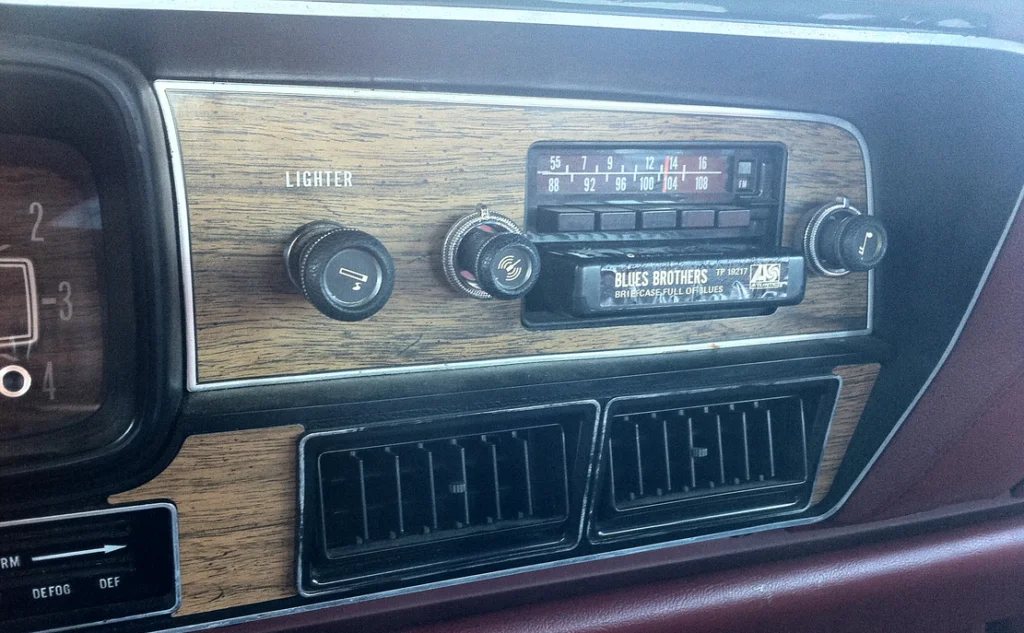
Cars in the ’80s were essentially mobile smoking lounges, with ashtrays built into every door and the dashboard. Those flip-open ashtrays collected not just cigarette butts but also gum wrappers, receipts, and loose change—becoming miniature trash cans that rattled with every turn. The distinctive smell of old cigarettes permanently embedded in the upholstery was the signature scent of many family vehicles.
The cigarette lighter itself was an object of fascination and forbidden danger for kids. That glowing orange coil seemed magical, and the satisfying “pop” when it was ready drew curious fingers despite parental warnings. Even non-smoking families used these lighters for emergency birthday candles, lighting sparklers on the Fourth of July, or in desperate winter situations, briefly warming frozen fingers.
6. Maps, Not Apps
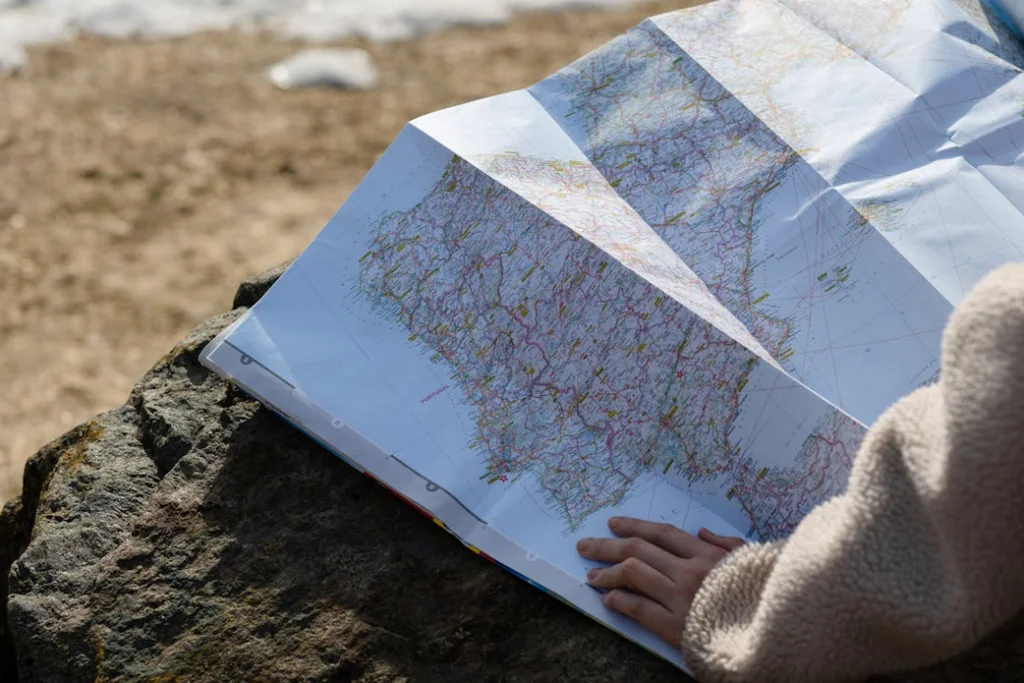
Navigation in the ’80s meant wrestling with paper maps that never folded back correctly and featured impossibly small print. The glove compartment of every family car contained a dog-eared road atlas with highlighted routes from previous adventures and coffee stains marking memorable stops. Reading these maps required spatial intelligence, the ability to track your position mentally, and often pulling over to the shoulder to resolve family disagreements about which exit to take.
The position of “navigator” was a crucial role assigned to the front-seat passenger, who bore responsibility for route-finding success or failure. Getting lost wasn’t a matter of recalculating routes—it meant finding a gas station, swallowing your pride, and asking for directions from a stranger who might or might not know the area. Those unexpected detours often led to discoveries that no algorithm would have suggested—quirky roadside attractions, scenic overlooks, or local diners serving the best pie you’d ever tasted.
7. Seatbelts Were Optional Accessories
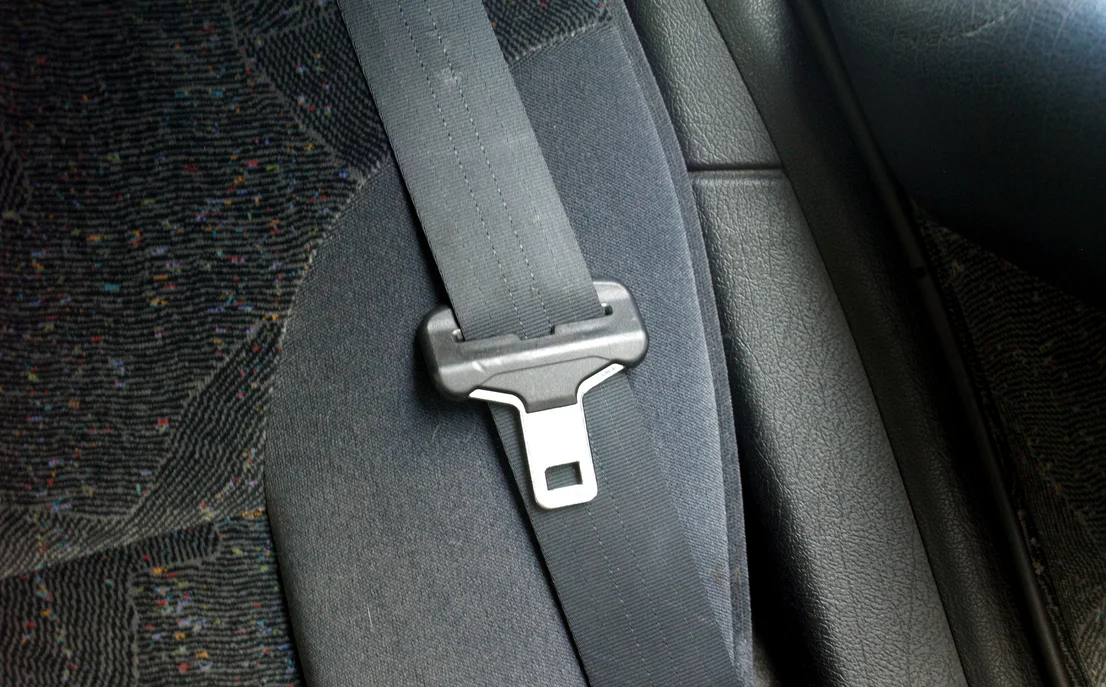
Though seatbelts existed in ’80s cars, using them was largely a personal choice in many states rather than a legal requirement. They often disappeared into the seat cracks, requiring an archaeological expedition to retrieve them when needed. The distinctive metal buckles would heat up to skin-searing temperatures in summer, teaching kids the valuable skill of the quick-buckle maneuver.
Many cars featured those automated shoulder belts that moved along a track above the door, creating a false sense of security while your lower half remained completely unrestrained. The backseat often had lap belts only—if they had belts at all—which did little more than keep you from bouncing around in minor fender benders. Parents would occasionally employ the “arm brake” during short stops, throwing their right arm across your chest in a loving but ultimately ineffective safety gesture.
8. Dangerous Car Games

Without tablets or built-in entertainment systems, ’80s kids mastered the art of travel games that would horrify today’s parents. “Slug Bug” (or “Punch Buggy”) gave kids license to hit each other upon spotting a Volkswagen Beetle, while “No Looking Back” challenged you to detect when someone was staring at the back of your head. These games occasionally resulted in tears but mostly created lasting memories and odometer-measured attention spans.
The lack of headrests in many back seats meant you could turn around completely and make faces at the drivers behind you, tracking their reactions with glee. Highway travel sometimes involved holding your breath through tunnels or frantically looking for out-of-state license plates to add to your collection. Without constant electronic distraction, the simple pleasure of counting cows or spotting abandoned barns could occupy an hour of highway time.
9. Drive-Ins and Car Hops
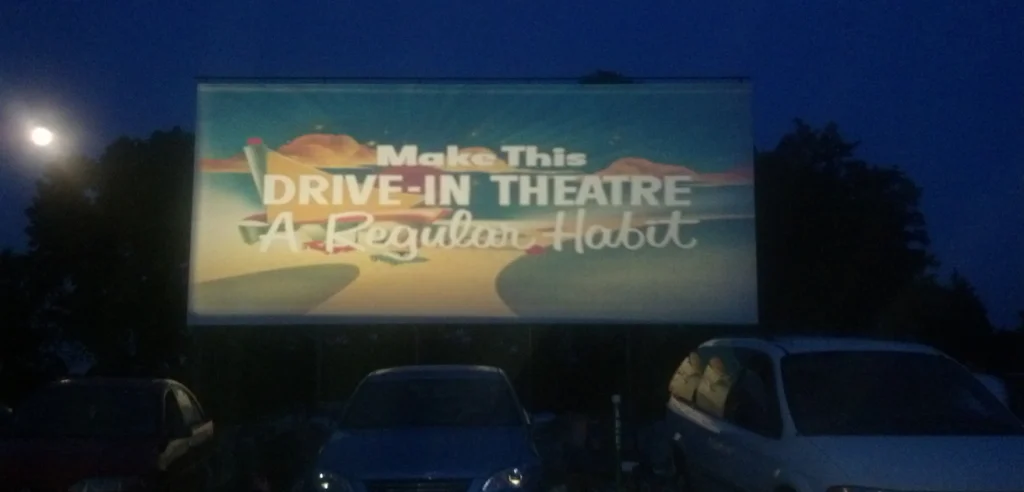
The ’80s were the twilight years of classic American car culture, where your vehicle wasn’t just transportation but a destination itself. Drive-in movie theaters were still operating in many communities, allowing families to watch blockbusters from the comfort of their station wagons and sedans. Those tinny speakers that hung on partially opened windows provided audio just good enough to follow along with “E.T.” or “Back to the Future.”
Fast food wasn’t always experienced through a drive-thru window—many places still offered carhop service where food was delivered on trays that attached to your partially lowered window. Sonic Drive-In preserved this tradition, but local drive-ins could be found across America, serving root beer floats and burgers to families who dined in their cars. The tray balanced precariously on the window edge created a makeshift table, and spills became permanent reminders in the upholstery of memorable family meals.
10. Hood Ornaments and Distinctive Car Designs
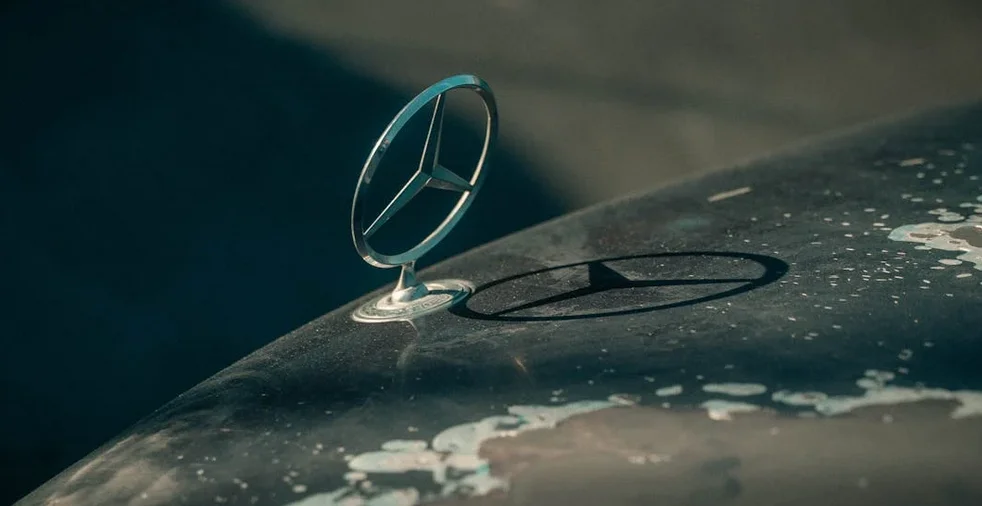
Cars in the ’80s still maintained unique personalities and brand identities you could recognize from a distance. Hood ornaments stood proudly at the front of many vehicles—from Mercedes’ three-pointed star to Jaguar’s leaping cat—providing a sight line for drivers and a temptation for thieves. These chrome sculptures were both functional and decorative, giving even modest family cars a touch of elegance.
Vehicle exteriors featured far more chrome, distinctive vinyl side stripes, and two-tone paint jobs that would be considered ostentatious by today’s minimalist standards. The lack of aerodynamic considerations meant cars had distinctive profiles—boxy Volvos, sleek Corvettes, and instantly recognizable Jeep Cherokees populated the roadways. Identifying approaching cars by their distinctive headlight patterns at night was a skill many drivers developed, something nearly impossible with today’s homogenized designs.
11. CB Radio Culture
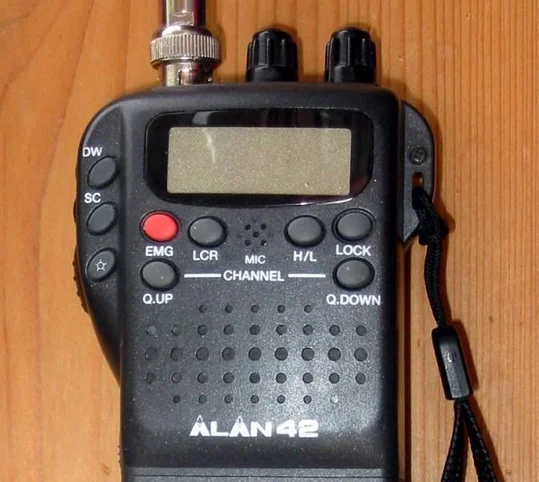
“Breaker one-nine” was familiar lingo to many family road-trippers in the ’80s, as CB radios allowed drivers to communicate with each other and get real-time traffic updates before cell phones existed. Families developed their own “handles” (CB nicknames), and kids begged for turns to speak to mysterious truckers and fellow travelers over the crackling airwaves. These radios created a sense of community among strangers on the interstate, warning each other about speed traps and road hazards.
The distinctive CB culture had its own language, with terms like “bear in the air” (police helicopter), “smokey” (highway patrol), and “good buddy” becoming part of family road trip vocabulary. The radio itself, with its coiled microphone cord and squelch knobs, occupied prime real estate on or under the dashboard. Listening to distant conversations fade in and out as you drove created a sonic landscape that mapped the invisible communities forming and dissolving on the highways around you.
12. The Distinct Smell of Car Interiors
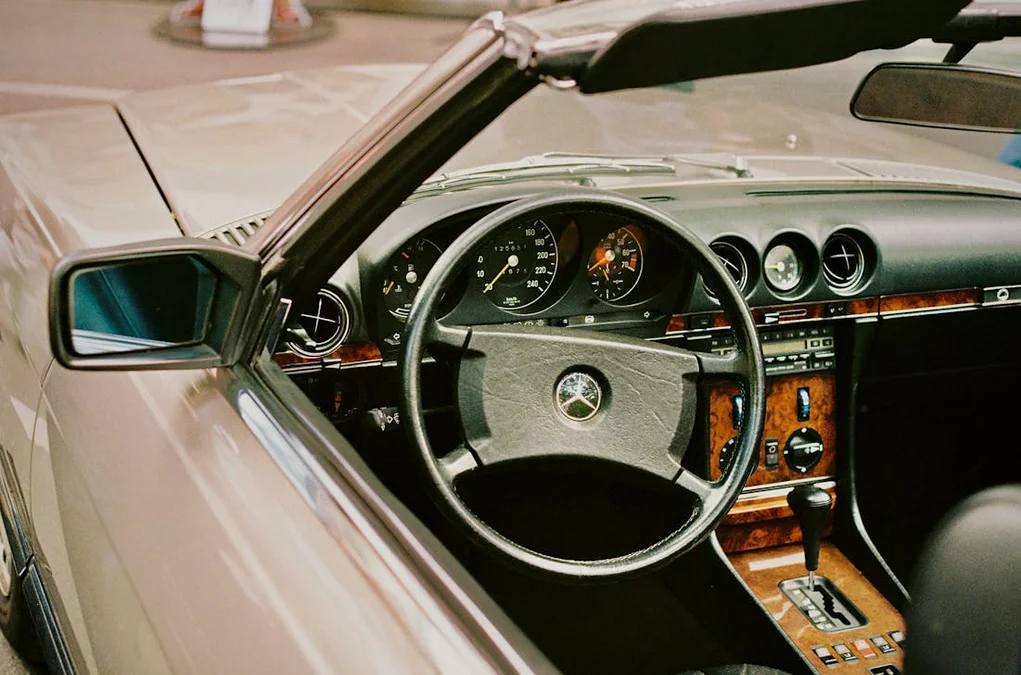
The olfactory experience of ’80s cars was distinctive—a complex bouquet of vinyl cleaners, cigarette smoke, fast food remnants, and sun-baked materials. New cars had that coveted “new car smell” which people now buy in artificially scented air fresheners, but it was once an authentic experience coming from actual outgassing chemicals (which we now know weren’t particularly healthy to breathe).
Family cars developed their own signature scents over time—a mixture of spilled milk under the seats, Dad’s aftershave, Mom’s perfume, and that mysterious smell that emanated from the air vents on the first hot day of summer. Opening a car door after it had been sitting in the sun created a wall of heat and aroma that transported you instantly into the family space. Today’s more sealed, filtered, and climate-controlled vehicles have lost some of that olfactory personality that made each family car uniquely identifiable even with your eyes closed.
The carefree days of automotive adventure have largely given way to safer but more sanitized experiences. Modern vehicles with their multiple airbags, automated braking systems, and five-point harnesses certainly keep our children more secure, but something intangible has been lost in the process. Perhaps it’s the sense of minor danger that made those journeys memorable, or the lack of digital distraction that forced us to interact with each other and our surroundings. While we wouldn’t trade today’s safety features for nostalgia’s sake, it’s worth remembering a time when the journey itself—with all its quirks and discomforts—was as meaningful as the destination.

